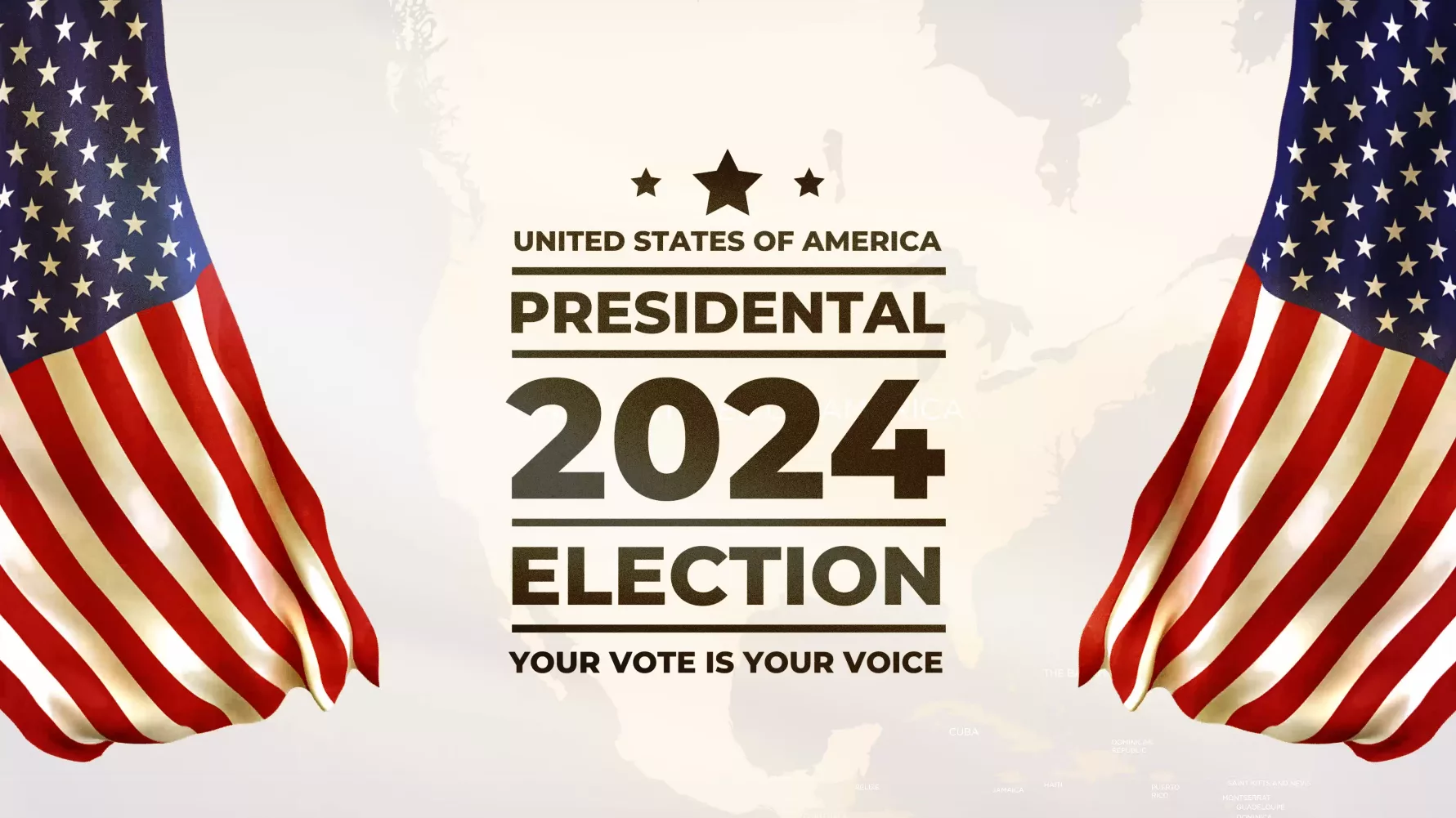
Election season is finally here. Through a tumultuous buildup which in Utah featured unfounded claims of election fraud, lawsuits and attempted amendments; and a national stage that featured Donald Trump winning the Republican primary, Joe Biden dropping out of the race to be replaced by current vice president Kamala Harris, and lots and lots of drama.
All of this poses the question, with elections looming, what does voting look like in the Castle Country Area? What forms of voting are mainly used and in what direction have Carbon and Emery County voted historically? To find out, Castle Country Radio looked at public voter data and public reports to see how 2024 might play out.
Emery County
Rural areas have typically swayed in favor of Republicans, especially in more recent elections. According to Dave Liep’s Atlas of U.S. Presidential Elections, the last time that Emery County voted blue was in the 1976 presidential race between Gerald Ford and Jimmy Carter. Even this was hotly contested, with only 54 votes deciding the race.
But let’s explore smaller state races to get a better picture of the Emery County demographics. Looking at Utah’s historical election results, the last time a Democratic candidate won the state Senate election to represent the county was 2004 when Mike Dimitrich won his reelection bid for the seat.
Also in 2004 was the last time a Democratic candidate won House District 69 when Brad King ran unopposed for the position.
Turnout-wise, looking from 2020 to 2012, or the last three presidential election cycles, Emery County has seen an average voter turnout of 76.75% Comparing this to the entire state over the last three presidential elections, Emery falls below the state average voter turnout of 84.08%
In terms of methods of voting, in the 2024 primary election, of the 2,226 ballots returned in Emery County, 100% of them were received in the form of mail-in ballots.
Carbon County
Contrary to Emery County, Carbon County historically has been a blue area. This is due to the role that unions played in Carbon County’s history, namely within the coal mining industry. Typically union views have lined up with those of the Democratic Party, but we have seen a shift away from this as seen by the lack of endorsement this year from the Teamsters, one of the largest unions in the country.
Looking at the same races starting with presidential elections, 1996 was the last time that the county was won by a democratic candidate, with Bill Clinton receiving 55% of the vote.
Looking at smaller demographics, starting with State House District 69, in both 2012 and 2008 then Democratic candidate Christine Watkins won the race in Carbon County but ultimately lost in the multicounty race. In 2008, Carbon was the only county won by Watkins. In 2016, the Democratic candidate for the seat was again won, this time however it was Brad King defeating Watkins who had switched political affiliations to the Republican Party. Watkins would best King in the other counties and win the election.
In the state Senate race, King was again the last Democrat to win the county, which occurred in 2008. King would lose in the multicounty race to David Hinkins, which also marked the first term of Hinkins’ still ongoing career with the state Senate.
In terms of voter turnout, over the last three presidential election cycles, Carbon County has seen extreme fluctuation. In 2020, 92.26% of registered voters participated in the election. In 2016, that number dropped to 70.86%. And in 2012, 20.22% of registered voters voted. This brings us an average turnout of 81.11%, which just like Emery falls below the state average of 84.08%.
Among the 26 counties with mail-in voting day acquired by the Salt Lake Tribune, Carbon sat at the lowest usage percentage with 87% of residents using mail-in or drop-box ballots in the 2024 primary election.
But what does this mean?
Truthfully, you can’t rely on historical data to accurately predict the outcomes of elections. A variety of factors can have a massive impact on elections, and accurate polling data can be hard to find. However, analyzing the data can help us understand changing demographics and tides within politics.
2024 is shaping up to be particularly hard to predict, in part due to the expected record turnout of Gen-Z and other college-age students and the increased celebrity involvement in the electoral process.
One thing that remains unchanged is that it is our civic duty to vote and make our voices heard as we work to build the future of our great nation.
